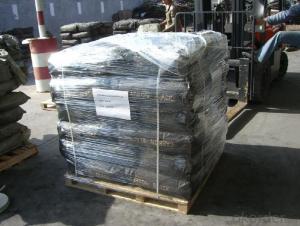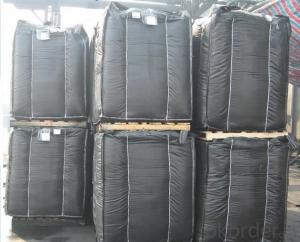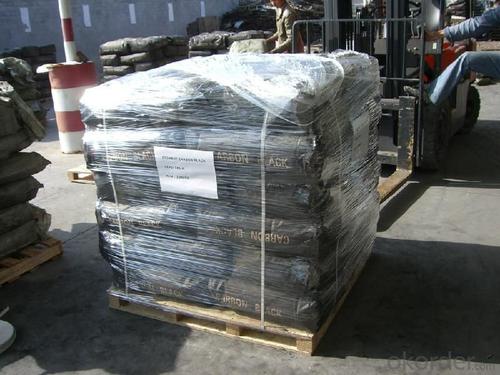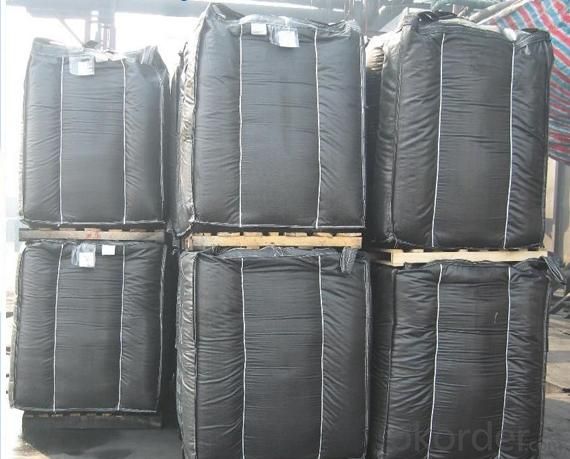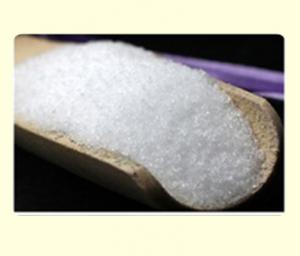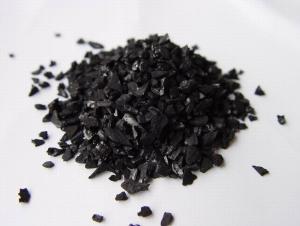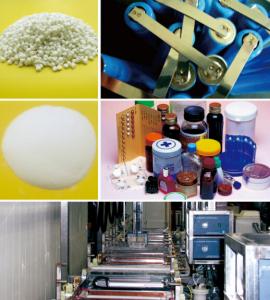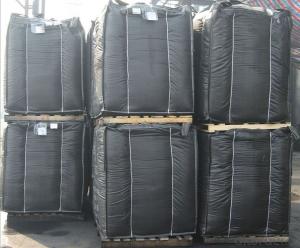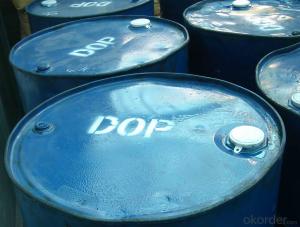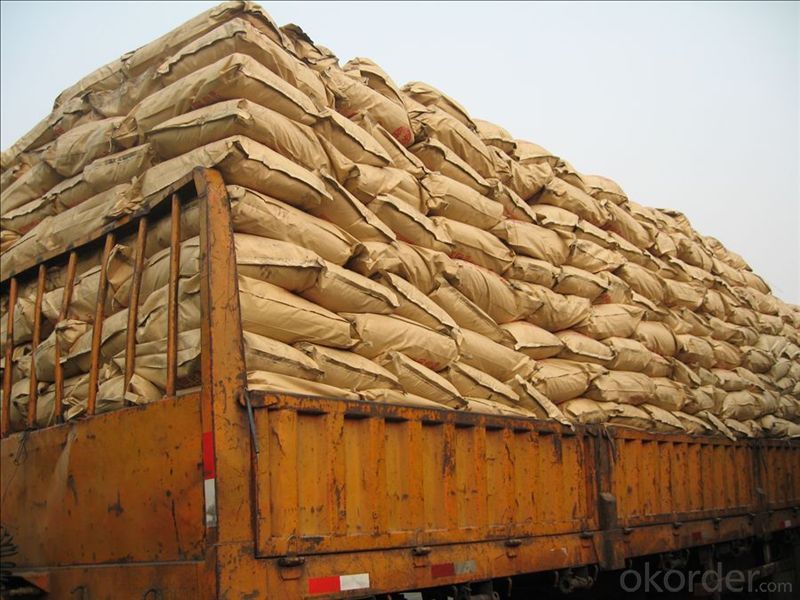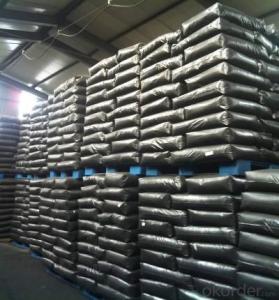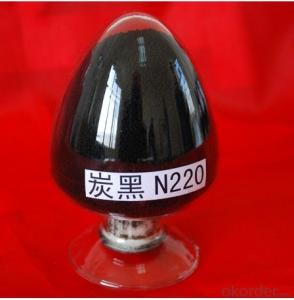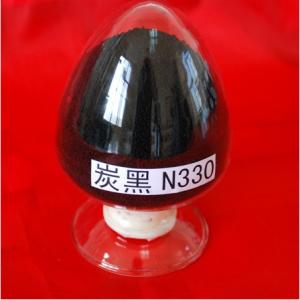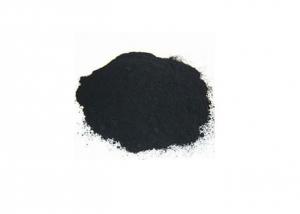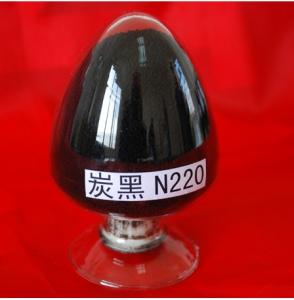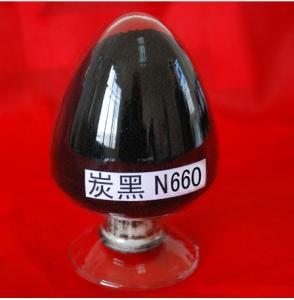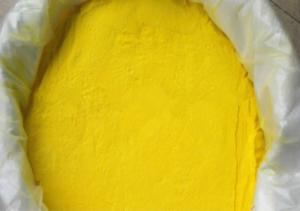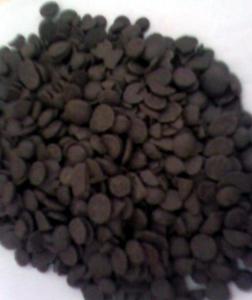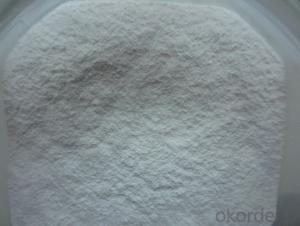Selling Carbon black use N220 n330 n550 n660
- Loading Port:
- Qingdao
- Payment Terms:
- TT OR LC
- Min Order Qty:
- -
- Supply Capability:
- 20000 m.t./month
OKorder Service Pledge
OKorder Financial Service
You Might Also Like
Specifications
Selling Carbon black use N220 n330 n550 n660 /1333-86-4
1.competitive price
2.high quality
3.wide specifications
Selling Carbon black use N220 n330 n550 n660 /1333-86-4
1.Basic information:
1. Carbon Black N220, N326, N330, N375, N539, N550, N660, N774 also available;
2. For more details(Carbon Black MSDS), please do not hesitate to contact us.
3.We holding the princple of " Profession, Speedy, Sincerity" with your questions and inquiries.
So if you are interested in any product we are supplying or we could supply, your inquiry will always meet our prompt reply!
2.Specification:
Name ,Parameter | Carbon black N220 | Carbon black N330 | Carbon black N550 | Carbon black N660 |
Loding Absorption Number(g/Kg) | 114-128 | 77-87 | 39-47 | 32-40 |
Absorption Value of DBP (10-5m3/Kg) | 109-119 | 97-107 | 116-126 | 85-95 |
Absorption Value of compressing sample DBP (10-5m3/Kg) | 95-105 | 83-93 | 83-93 | 71-79 |
Adsorptive Specific Surface Area of CATB ( 103m2/Kg) | 106-116 | 77-87 | 38-46 | 32-40 |
Adsorptive Specific Surface Area of Nitrogen (103m2/Kg) | 114-124 | 78-88 | 38-46 | 30-40 |
Tinting Strength % | 110-120 | 98-108 | ---- | ---- |
Heating Loss | 2.5%max | 2.5%max | 1.5%max | 1.5%max |
Ash Content | 0.5%max | 0.5%max | 0.5%max | 0.5%max |
Tensile Strength | -0.5mpa min | -0.5mpa min | -0.5mpa min | -0.5mpa min |
300% Extending Stress | -1.5±1.0 mpa | -1.0±1.0 mpa | -1.0±1.0 mpa | -2.5±1.0 mpa |
45μm Sieve Residue | 0.10% max | 0.10% max | 0.10% max | 0.10% max |
- Q: What is the principle of the catalyst? Why can change the rate of chemical reactions and their own without any change
- The principle of the catalyst: the catalyst is mainly by reducing the activation energy, so that the reaction is easy to carry out, so as to achieve the catalytic effect.
- Q: Are biological enzymes harmful to humans?
- Biological enzymes through scientists more than a century of research, usually known as more than 3,000 kinds of enzymes, the current application of biological enzymes in the textile a wide range of technology, fiber modification, silk degumming, raw hemp (ramie, linen, Kenaf) degumming, dyeing and finishing of the desizing, refining, finishing and net cleaning processing, textile printing and dyeing wastewater treatment and garment processing and other aspects of the application. Enzyme technology has a unique advantage in improving dyeing and finishing processes, saving energy, reducing environmental pollution, improving product quality, adding value and developing new raw materials. At present in the textile processing using a wide range of enzyme preparations are mainly cellulase, protease, amylase, pectinase, lipase, peroxidase, laccase, glucose oxidase eight categories.
- Q: Which branch of chemistry or what specialty can study the catalyst
- Organic Chemistry: Application of Inorganic Catalysts in Organic Reactions, Preparation and Application of Organic Catalysts (such as Macromolecular Resins, Phase Transfer Catalysts), Preparation and Application of Catalysts for Organic Compounds
- Q: What is the catalyst condition in the chemical equation?
- On the middle of the equal sign or arrow above ah ~
- Q: Does the catalyst slow down the chemical reaction rate? Still can only accelerate
- As far as I know, depending on the definition of the catalyst to reduce the activation energy can only accelerate the reaction rate. However, some substances can reduce the rate of reaction, for example, to dilute the reaction solution to slow down the reaction rate, but slow down the general mention of the catalyst.
- Q: How are a catalyst and an intermediate similar? How are they different?
- A catalyst speeds up the rate of a reaction by lowering the activation energy barrier which is, presumably, the energy required to achieve the reaction intermediate. Catalysts are also not consumed in the reaction, they are regenerated towards the end. A reaction intermediate is a configuration that a molecule takes prior to achieving it's lowest energy form which would signify the end of the reaction. Intermediate usually are hard to isolate because of the incentive to go to the most stable configuration. How are they different? A catalyst is not a part of the reaction product and it doesn't get consumed. An intermediate in a reaction is transformed into the product. How are they similar? Well, catalysts drive the reaction and make it easier for the reaction for follow through. Since intermediates are high energy and thermodynamics tells us that low energy is favorable, the incentive for a high energy intermediate to drive down to it's stable for can also drive a reaction. I hope that helps. I hope it makes sense.
- Q: Is the chemical reaction rate constant related to the amount of catalyst used?
- In fact, the catalyst is to participate in the reaction (junior high school textbooks do not respond is to allow students to understand), but the reaction to the final return to the original state.
- Q: An important property of the catalyst is that the reaction equilibrium is not changed while increasing the forward reaction rate and the reverse reaction rate. However, because the enzyme for the specificity of the substrate, is not almost every reaction by the enzyme are one way to do it.
- A brief description of restriction endonucleases and DNA ligases: Restriction endonucleases, and DNA ligases, can be said to have nothing to do with energy calculations. In particular, the actual effect of these two enzymes is not to switch between A (DNA) and B (disconnected DNA) states. Restriction endonucleases do not need to open base pairing in addition to the phosphates, whereas the DNA ligase itself is responsible for linking 5'-phosphate and 3'-hydroxy. Which use the energy supply substances, coenzyme are not the same, can not be used as the same reaction is positive and negative process considerations.
- Q: If possible can anyone give me information on the active site, substrates, products, and the energy of activation as part of the answer?Responses greatly appreciated! Thankss! 10pts to best answer!
- Catalysts help shift the equilibrium of a reaction to one that is more favorable. They allow a naturally occurring reaction that may be extremely slow to progress faster or an unfavorable reaction to proceed forward. During the process catalysts are recycled, which means that at the catalyst is the same compound in the beginning and the end of the reaction, although during intermediate steps catalysts can change conformation. Catalysts shift the equilibrium of a reaction by lowering the activation energy of a reaction, which is the energy barrier which must be overcome in order for the reaction to proceed in a desired direction. This can be achieved in several ways such as providing favorable thermodynamic conditions for a reaction or creating intermediates which react more favorably to create the products. Inside the cell a lot of chemical reactions are either too slow to proceed naturally or are simply unfavorable. Catalysts help overcome those barriers. The substrate is the part of the reaction which gets transformed into the products after binding to the active site of the protein.
- Q: Can you describe at least 4 ways a catalyst can lower the activation energy of a reaction?
- To see how a catalyst accelerates the reaction, we need to look at the potential energy diagram shown below which compares the non-catalytic and the catalytic reaction. For the non-catalytic reaction, the figure is simply the familiar way to visualize the Arrhenius equation: the reaction proceeds when A and B collide with succificient energy to overcome the activation barrier. The change in Gibbs free energy between reactants, A + B, and the product P is delta G. The catalytic reaction starts by bonding of the reactants A and B to the catalyst, in a spontaneous reaction. Hence, the formation of this complex is exothermic and the free energy is lowered. There then follows the reaction between A and B while they are bound to the catalyst. This step is associated with an activation energy; however, it is significantly lower than that for the uncatalyzed reaction. Finally, the product P seperates from the catalyst in an endothermic step. The energy diagram illustrates 4 ways the catalyst works : The catalyst offers an alternative path for the reaction that is energetically more favorable The activation energy of the catalytic reaction is significantly smaller than that of the uncatalyzed reaction; hence the rate of the catalytic reaction is much larger The overall change in free energy for the catalytic reaction equals that of the uncatalyzed reaction. Hence, the catalyst does not affect the equilibrium constant for the overall reaction. A catalyst cannot change the thermodynamics of a reaction but it can change the kinetics. The catalyst accelerates both the forward and the reverse reaction to the same extent. In other words, if a catalyst accelerates the formation of product P from A and B, it will do the same for the decomposition of P into A and B.
Send your message to us
Selling Carbon black use N220 n330 n550 n660
- Loading Port:
- Qingdao
- Payment Terms:
- TT OR LC
- Min Order Qty:
- -
- Supply Capability:
- 20000 m.t./month
OKorder Service Pledge
OKorder Financial Service
Similar products
Hot products
Hot Searches
Related keywords
